Rising Demand in Oil and Gas Sector
The Organoclay Market is experiencing a notable surge in demand, particularly from the oil and gas sector. Organoclays are utilized as drilling fluids, enhancing the efficiency and safety of drilling operations. The increasing exploration and production activities in various regions are likely to drive this demand further. According to recent estimates, the oil and gas industry accounts for a substantial share of the organoclay consumption, with projections indicating a growth rate of approximately 5% annually. This trend suggests that as energy demands rise, the reliance on organoclays for effective drilling solutions will continue to expand, thereby bolstering the overall market.
Expanding Applications in Consumer Products
The Organoclay Market is witnessing an expansion in applications across consumer products, including personal care and cosmetics. Organoclays are increasingly utilized for their thickening and stabilizing properties, which are essential in formulating various consumer goods. The rising consumer awareness regarding product quality and safety is likely to drive the demand for organoclays in this sector. Recent market analyses indicate that the consumer products segment is expected to grow at a rate of 5% annually, reflecting a shift towards the incorporation of high-performance materials. This trend suggests that as consumer preferences evolve, the organoclay market will adapt, potentially leading to increased market penetration.
Increased Focus on Environmental Regulations
The Organoclay Market is also shaped by the increasing emphasis on environmental regulations and sustainability practices. As industries strive to comply with stringent environmental standards, the demand for eco-friendly materials, including organoclays, is likely to rise. Organoclays are known for their low toxicity and minimal environmental impact, making them a preferred choice in various applications. The regulatory landscape is evolving, with many regions implementing policies that favor the use of sustainable materials. This shift is expected to create new opportunities for the organoclay market, as manufacturers seek to align their products with these regulations, potentially leading to a market expansion.
Growth in Construction and Building Materials
The Organoclay Market is significantly influenced by the construction sector, where organoclays are employed in various applications, including sealants, adhesives, and coatings. The ongoing urbanization and infrastructure development projects are likely to propel the demand for organoclays in construction materials. Recent data indicates that the construction industry is projected to grow at a compound annual growth rate of around 4% over the next few years. This growth is expected to enhance the consumption of organoclays, as they provide essential properties such as improved viscosity and stability in construction applications, thereby contributing positively to the market dynamics.
Technological Innovations in Material Science
The Organoclay Market is benefiting from ongoing technological advancements in material science. Innovations in the processing and formulation of organoclays are enhancing their performance characteristics, making them more versatile for various applications. For instance, the development of modified organoclays with improved properties is likely to open new avenues in industries such as plastics, paints, and coatings. Recent advancements suggest that these innovations could lead to a market growth rate of approximately 6% in the coming years. As manufacturers continue to invest in research and development, the organoclay market is poised to evolve, catering to the changing needs of diverse industries.


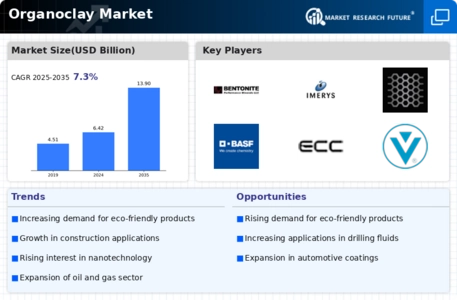

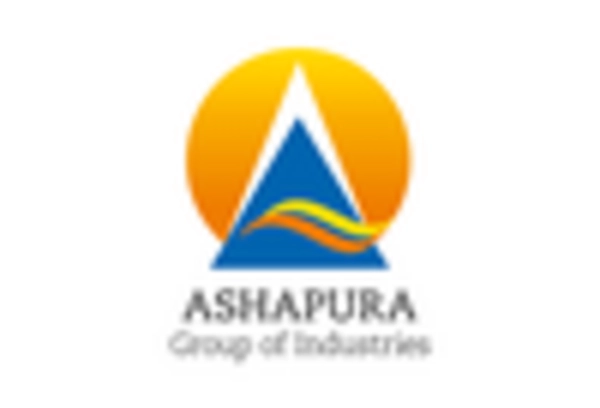
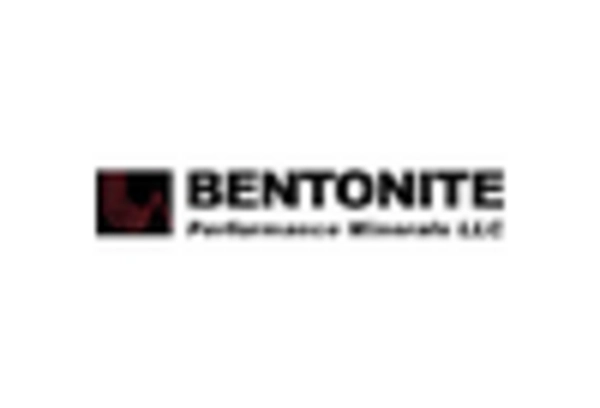
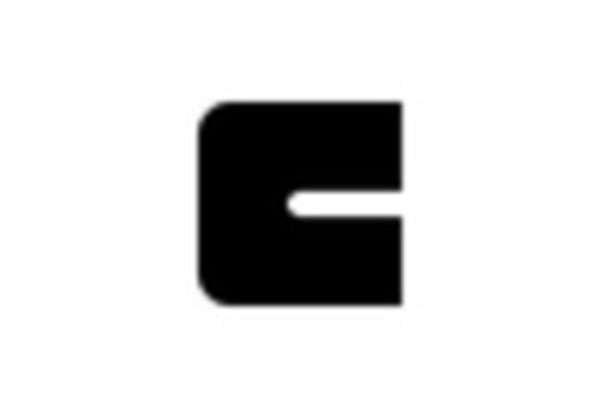

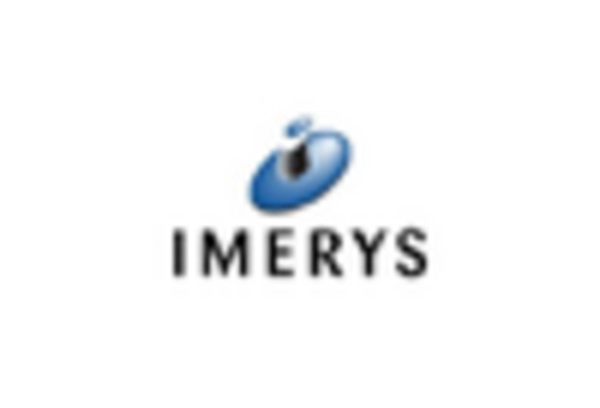
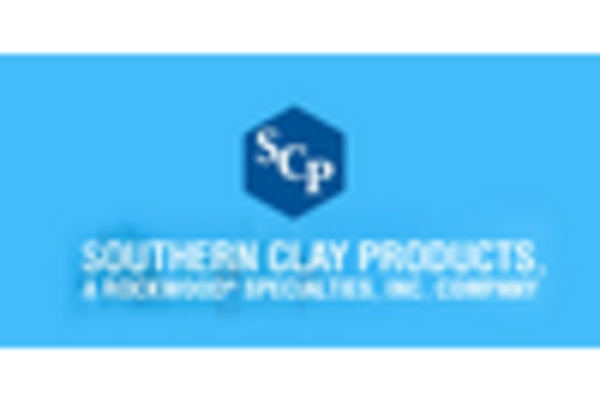








Leave a Comment